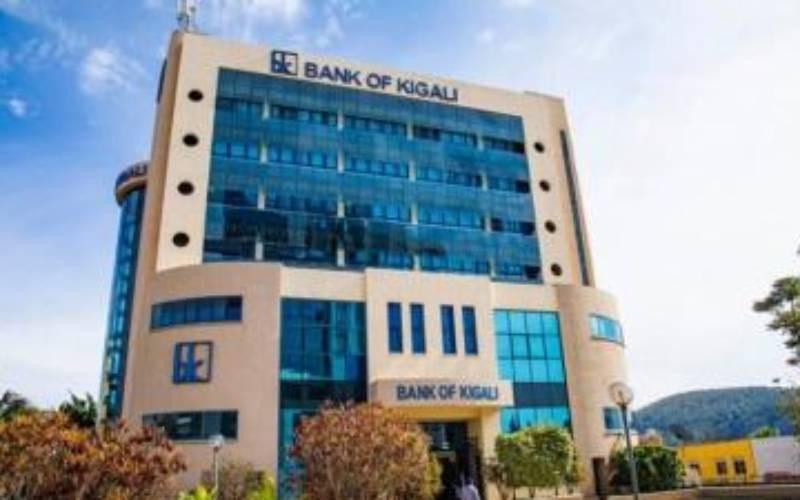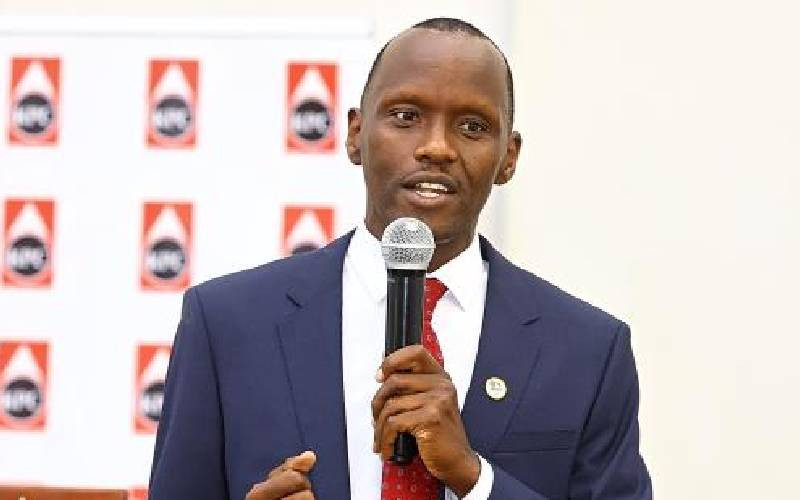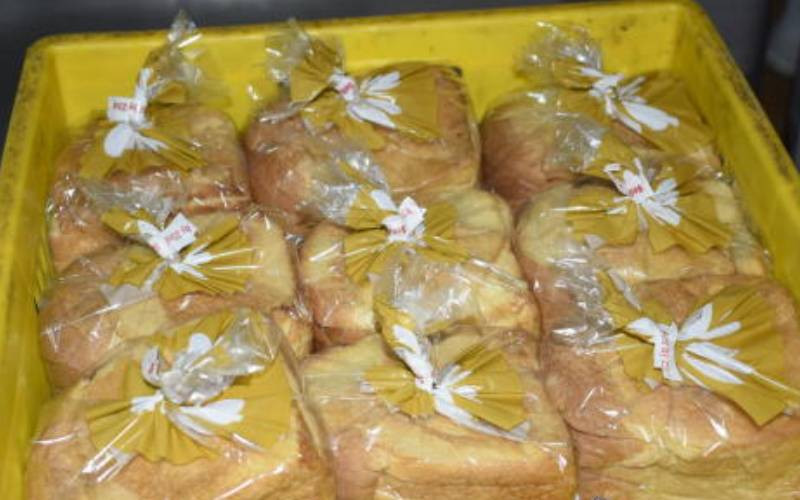
Kenyans living abroad sent home Sh24.5 billion last month, keeping up the tempo of dollar inflows to the country on the back of a tax amnesty on cash stashed abroad.
Treasury Cabinet Secretary Henry Rotich’s blanket order to turn a blind eye to the source of the dollars will end in June setting stage for more dollars to beat the deadline.
According to the Central Bank of Kenya (CBK) statistical bulletin, dollar flows in January 2019 was 17 per cent higher than last year, with North America making up 44 per cent of the total.
Europe accounted for 34 per cent of the flows and 22 per cent came from the rest of the world.
Last year at a similar period America accounted for over 55 per cent while the rest of the world stood at 10 per cent.
“The strong growth in remittance inflows continued in January 2019. The inflows improved from $209 million (Sh20.9 billion) in January 2018 to $245 million (Sh24.5 billion) in January 2019, an increase of 17 per cent. The 12-month cumulative inflows to January increased to Sh273.3 billion ($2,733 million) from Sh201.2 billion ($2,013 ) million in the 12 months to January 2018, reflecting a 36 per cent growth,” CBK said.
Remittances have become instrumental in keeping the value of the shilling stable against the greenback at 100.1 units, with dollars reserves standing at Sh810 billion ($8.1 billion), enough to cover import demand for 5.3 months.
The only threat to the number of dollars held by the country is big ticked dollar debts if Kenya would decide to pay off its maturing debts.
“There are significant external debt maturities, above Sh200 billion ($2 billion) which are due in first half of 2019 and although measures are agreed to refinancing, there is an added layer of uncertainties in the event of a delay or failure to secure refinancing,” Genghis Capital research analyst Churchill Ogutu said.
Mr Ogutu said that if Kenya fails to secure rollovers, the worst case scenarios will dent confidence in the local currency as foreign reserve exchange will be utilised to honour the external debt obligations.
National Treasury’s Director General for Budget, Fiscal and Economic Affairs Geoffrey Mwau, however, ruled out using reserves to pay off the debt, stating that Kenya will go back to the Eurobond market.
Kenya is also seeking an additional source of dollars from the International Monetary Fund (IMF) through a new stand by facility after the Sh150 billion ($1.5 billion) expired last year September.
CS Rotich said Treasury had met IMF officials in December and was waiting for the Bretton Woods institution to hold a Board Meeting where Kenya’s facility will be discussed.
In 2016, the Tax Procedures Act was amended to provide a tax amnesty on income declared for the year 2016 by a person who earned taxable income outside Kenya.
Stay informed. Subscribe to our newsletter
This was however not taken up and in 2017, CS Rotich extended the period for applying for amnesty from 30th December 2017 to 30th of June, 2018 for the year of income 2016.
“Despite the extension, the uptake of amnesty has been low partly due to concerns that when the monies are returned, questions will be raised regarding the source as required by Financial Reporting Centre,” Rotich said.
 The Standard Group Plc is a
multi-media organization with investments in media platforms spanning newspaper
print operations, television, radio broadcasting, digital and online services. The
Standard Group is recognized as a leading multi-media house in Kenya with a key
influence in matters of national and international interest.
The Standard Group Plc is a
multi-media organization with investments in media platforms spanning newspaper
print operations, television, radio broadcasting, digital and online services. The
Standard Group is recognized as a leading multi-media house in Kenya with a key
influence in matters of national and international interest.
 The Standard Group Plc is a
multi-media organization with investments in media platforms spanning newspaper
print operations, television, radio broadcasting, digital and online services. The
Standard Group is recognized as a leading multi-media house in Kenya with a key
influence in matters of national and international interest.
The Standard Group Plc is a
multi-media organization with investments in media platforms spanning newspaper
print operations, television, radio broadcasting, digital and online services. The
Standard Group is recognized as a leading multi-media house in Kenya with a key
influence in matters of national and international interest.









